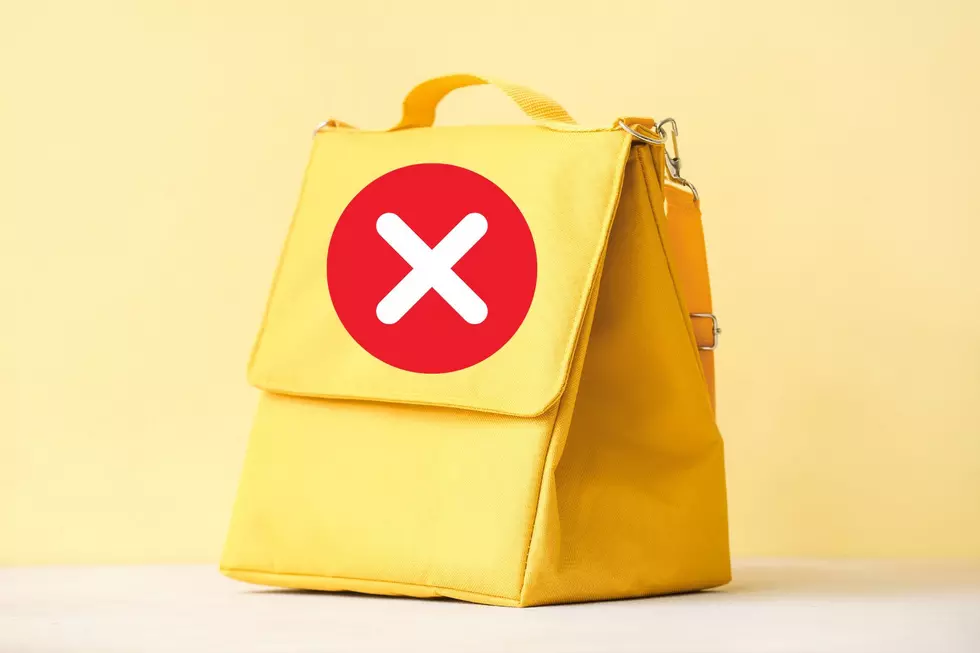
Louisiana Parents Take This Out of Your Kids Lunch Box Now
Most, if not all, Louisiana parents are familiar with this popular kid's snack. They are a convenient grab-and-go option if you don't have time to make something from scratch for your kid's lunch or after-school snack. However, Consumer Reports has raised some serious concerns and is asking for a change to be made.

Consumer Reports is making the strong recommendation that the federal government remove the two lunchable options from the national free lunch program for alarming health reasons.
Lunchables are not a healthy option for kids and shouldn’t be allowed on the menu as part of the National School Lunch Program
What Makes Lunchables So Bad?
Brian Ronholm, the Director of Food Policy, believes that Lunchables are not a healthy option for kids after testing the nutritional profiles against what is offered in stores for the public to purchase. He found that sodium levels were higher in the two kits on the free lunch menu.
The health risks commonly attributed to the overconsumption of sodium are high blood pressure and hypertension. Kids are 40% more likely to develop these conditions when they regularly eat food high in sodium.
The sodium levels in the store-bought lunch and snack kits CR tested ranged from 460 to 740 milligrams per serving, that’s nearly a quarter to half of a child’s daily recommended limit for sodium
In Schools:
Turkey and Cheese - 930 mg of sodium
Extra Cheesy Pizza - 700 mg of sodium
Sold in Stores:
Turkey and Cheese - 740 mg of sodium
Extra Cheesy Pizza - 510 mg of sodium
The Lunchables and similar lunch kits we tested contain concerning levels of sodium and harmful chemicals that can lead to serious health problems over time. The USDA should remove Lunchables from the National School Lunch Program and ensure that kids in schools have healthier options
Do Lunchables Contain Lead?
Yes, they contain high levels of lead, cadmium, and phthalate chemicals commonly found in plastic that are linked to reproductive problems, diabetes, and certain cancers.
There are currently no federal limits on the amount of lead allowed in different food products to minimize health risks. This decision is left up to the state; they used California's limit in this study. However, it's important to note that even low levels of lead exposure can have harmful effects, especially on children's developing brains and nervous systems.
While technically, the levels found did not exceed California's legal limit, they still pose a health risk to children because "five of the 12 tested products would expose someone to 50 percent or more of California’s maximum allowable level for lead or cadmium".
California allows the lowest amount of lead in food and the percentage found in lunchables was over half of what is considered 'safe'.
You can read the full Consumer Report here.
This guy is all of us when you find out that they allow lead in Lunchables.
Which Peanut Butter Brands Should Louisiana Shoppers Avoid?
Gallery Credit: Sydney Ducharme
